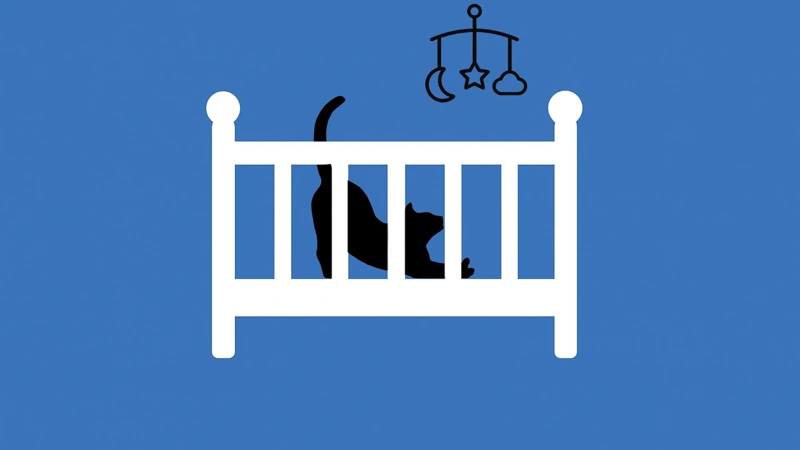Developing countries see sharp rise in childfree people

While childfree adults, those who have no children and do not want any in the future, have been widely studied in wealthier countries, evidence from developing nations has been sparse. Past research tended to focus narrowly on married women or single-country cases, making cross-national comparisons impossible. The new study bridges that gap by harmonizing Demographic and Health Surveys (DHS) collected between 2014 and 2023.
The researchers analyzed responses from over 2 million people aged 18 to 49, applying a standardized definition of “childfree” based on both reproductive history and desired family size. Their approach allowed them to determine where childfree adults are most prevalent and how individual and country-level factors correlate with this status.
Because DHS sampling differs by country, the most comparable group across the dataset was single women aged 15–29, a demographic with significant influence on future fertility trends. On average, 3.28% of women in this group identified as childfree, but the study highlights stark disparities.
In Papua New Guinea, 15.6% of single young women were childfree, the highest share among the countries studied. Meanwhile, prevalence fell below 1% in nations such as Liberia (0.3%), Madagascar (0.4%), and Indonesia (0.4%).
Even within regions, countries diverged sharply: the Philippines recorded 7.3%, while neighboring Indonesia remained at less than half a percent. Similar contrasts emerged in West Asia, where Türkiye reached 5.3% compared to Armenia’s 1%. For ever-married women, childfree rates were much lower, averaging just 0.18%.
To understand why these differences arise, the researchers examined three national indicators: the Human Development Index (HDI), the Gender Inequality Index (GII), and the Global Freedom Score (GFS). Their statistical model controlled for gender, age, marital status, and urban or rural residence, isolating the impact of country-level conditions.
Human development emerged as the strongest predictor. Residents of higher-HDI countries (those with better health, education, and income levels) were significantly more likely to be childfree. A young single woman in a low-HDI country such as Chad had an estimated childfree probability of around 1%, compared with roughly 6% in a higher-HDI context like Türkiye.
Gender inequality and political freedom also showed statistically significant associations, but their effects were comparatively modest. Higher gender inequality slightly increased the likelihood of being childfree, while greater political freedom slightly decreased it. However, neither variable explained nearly as much variation as human development.
Individual factors
The strongest predictor at the personal level was marital status: people who had never married were nearly 38 times more likely to be childfree than those currently or previously married. Age also influenced results, older adults (30–39 and 40+) were more likely to identify as childfree than those under 22. Contrary to findings from some Western studies, urban residents were slightly less likely to be childfree than rural residents.
The researchers note that childfree individuals in developing countries often face social pressure to have children, and limited access to reproductive health services such as contraception or voluntary sterilization. In this context, documenting their presence and understanding the structural factors that shape their decisions may help governments and health systems better address their needs.
Earlier, Qazinform News Agency reported that Kazakhstan was named Central Asia’s “oldest” nation by median age.
